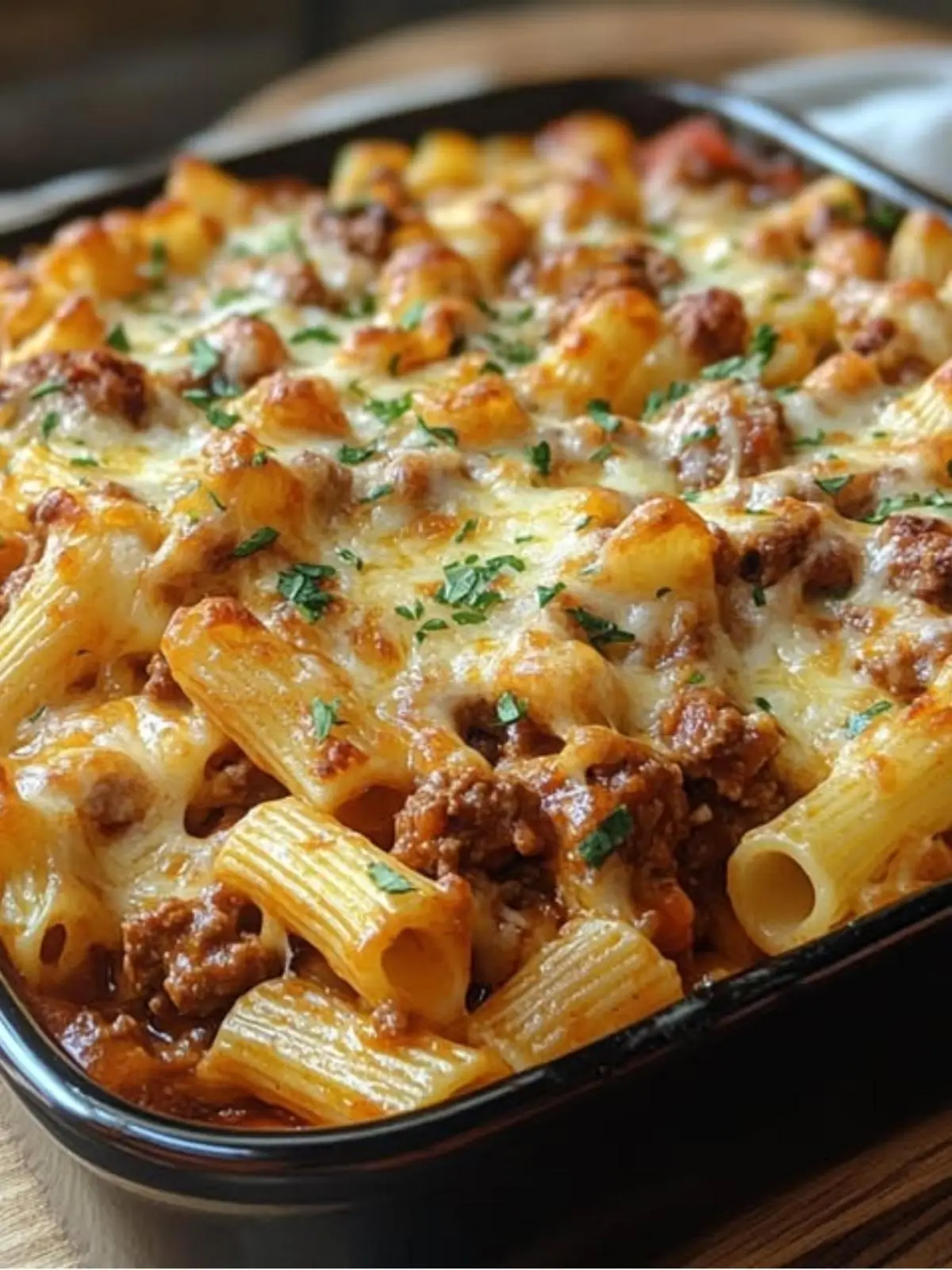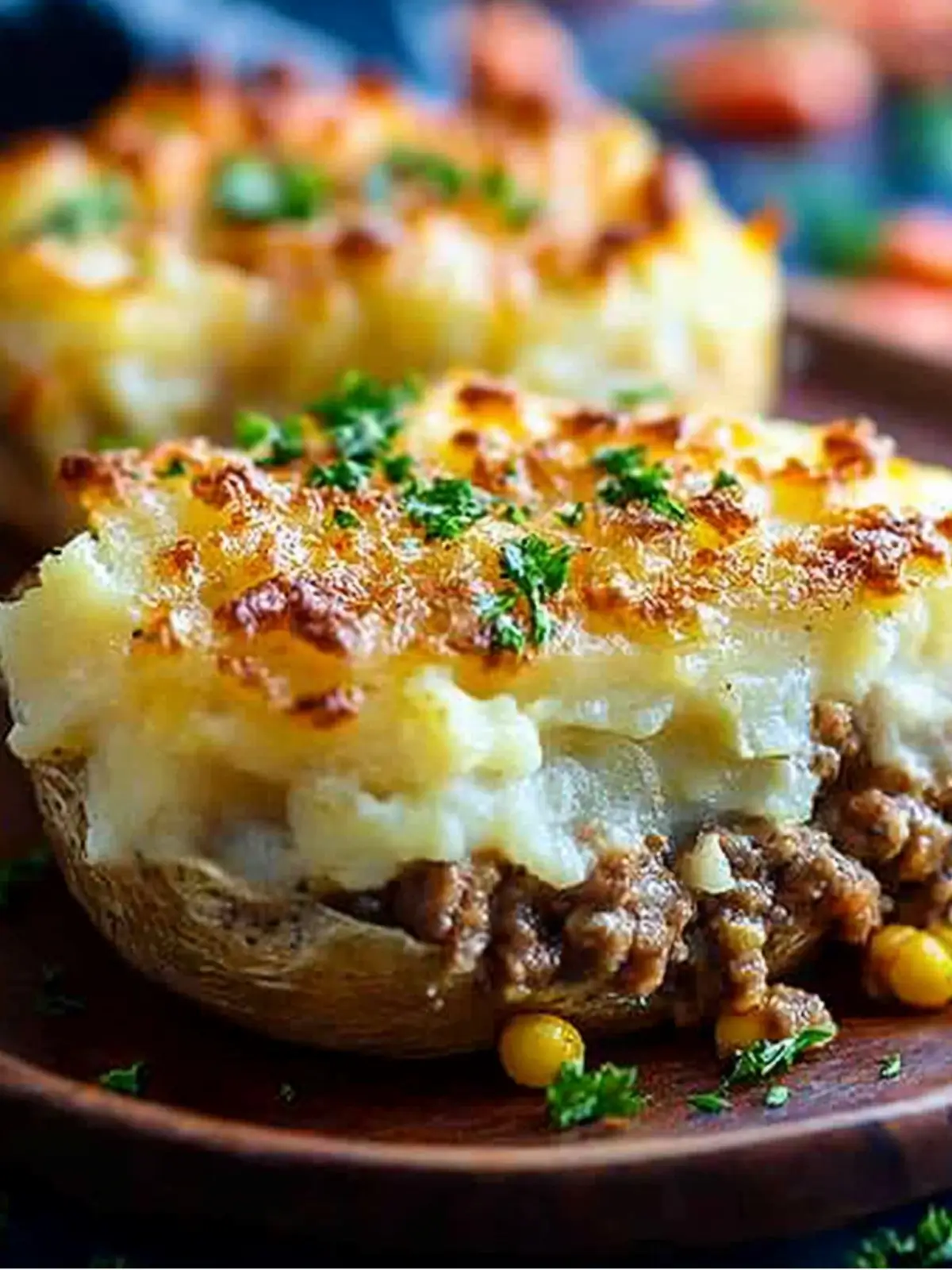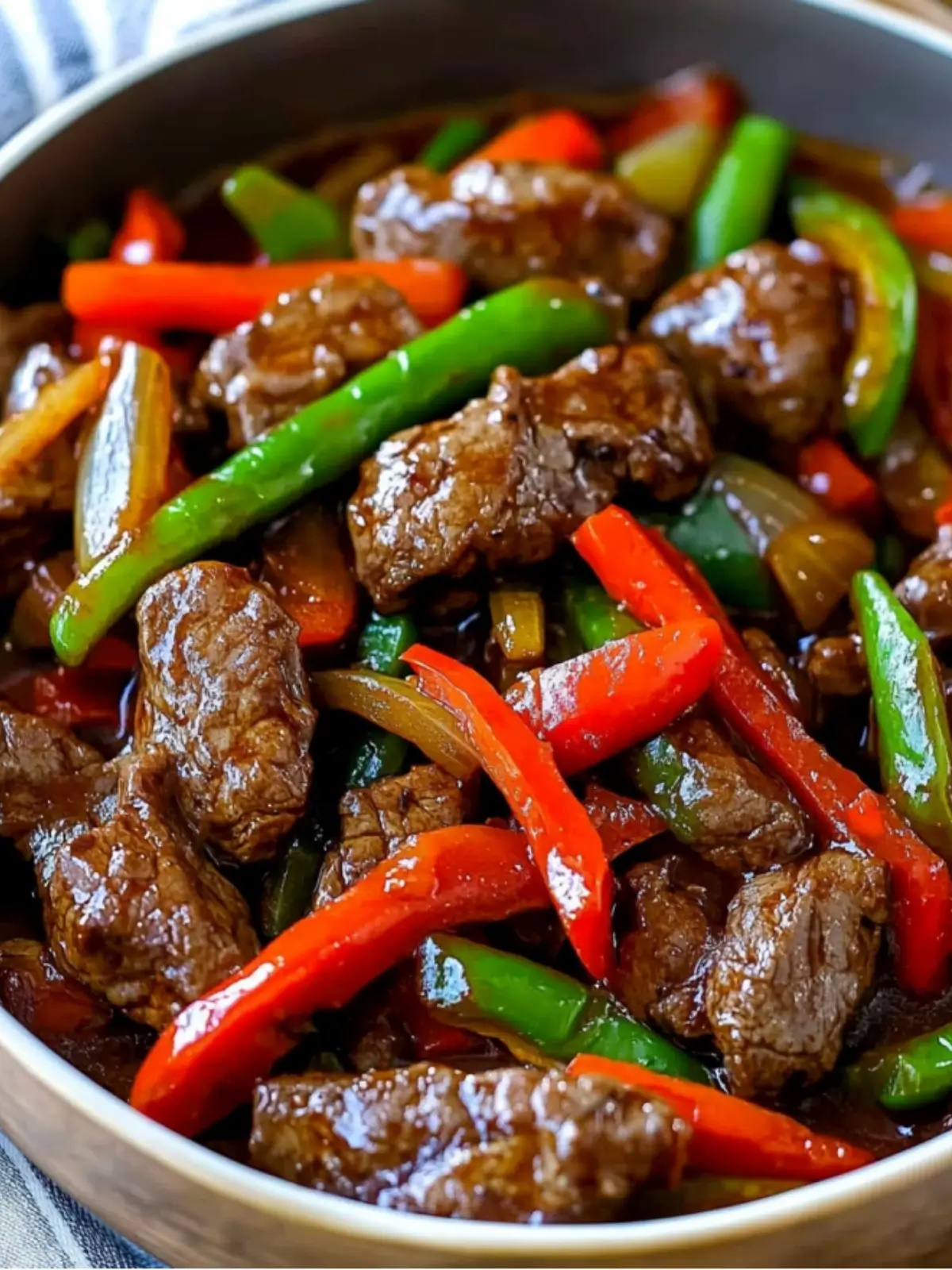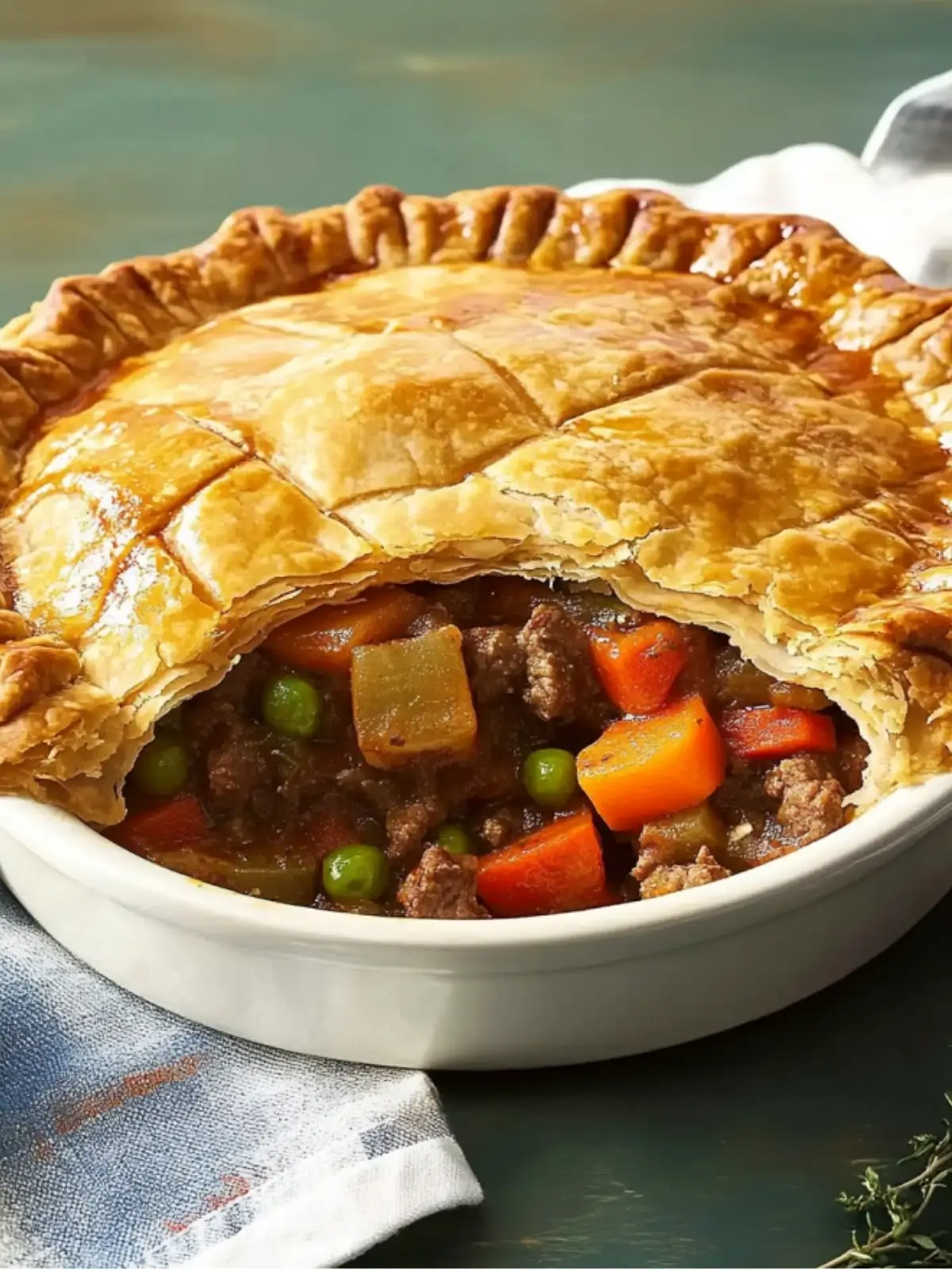Introduction to Beef Olives
ADVERTISEMENT
Beef olives, a classic dish with a rich history, is more than just a meal; it's a culinary journey through time and culture.
Originating from European cuisine, this dish has evolved, incorporating local flavors and techniques, making it a beloved staple in various regions.
Notably, beef olives are not made from olives; rather, the term 'olive' refers to the shape of the stuffed meat rolls that are central to this dish.
A Brief History and Origin
The origins of beef olives trace back to European cuisine, particularly in regions like Britain and Italy. Initially, the dish was a method of stretching more expensive meat resources by combining them with fillers like breadcrumbs and herbs. Over time, the recipe for beef olives has undergone numerous transformations, adapting to local tastes and available ingredients. This evolution has led to a variety of regional takes on the classic recipe, each adding its unique twist.
Regional Variations
- British Beef Olives: In Britain, the dish often includes a hearty stuffing of herbs, onions, and breadcrumbs, slow-cooked in a rich gravy.
- Italian Involtini: In Italy, the dish takes the form of 'Involtini,' featuring thinly sliced beef wrapped around a filling of cheese, cured meats, and sometimes pine nuts, simmered in tomato sauce.
- Mediterranean Influence: In Mediterranean regions, variations might include the use of spices like cinnamon and allspice, reflecting local culinary influences.
Ingredients and Preparations
List of Ingredients
To prepare beef olives, you'll need:
- Thinly sliced beef (topside or flank)
- For the stuffing: breadcrumbs, minced onions, chopped herbs (like parsley and thyme), minced garlic, and diced bacon or pancetta
- Salt and pepper for seasoning
- Olive oil for cooking
- For the sauce: beef stock, red wine, and tomato paste
Preparation Steps
Creating beef olives involves several key steps:
- Prepare the Stuffing: Mix breadcrumbs, onions, herbs, garlic, and bacon. Season with salt and pepper.
- Assemble the Beef Olives: Lay out the beef slices, place a portion of the stuffing on each, and roll them up, securing them with toothpicks.
- Brown the Beef Rolls: In a skillet with olive oil, brown the beef rolls on all sides. This step adds depth to the flavor.
- Make the Sauce: In the same skillet, add beef stock, red wine, and tomato paste, scraping up any bits stuck to the pan.
- Cook the Beef Olives: Return the beef rolls to the skillet, cover, and simmer until the beef is tender and the flavors meld.
Cooking Tips and Tricks
- Choosing the Right Cut: Opt for topside or flank steak; these cuts are lean and ideal for rolling.
- Even Cooking: Ensure the beef slices are of uniform thickness for even cooking.
- Flavor Infusion: Let the beef olives marinate in the sauce for a few hours before cooking to enhance the flavors.
Step-by-Step Cooking Guide
Cooking beef olives is an art that combines patience with culinary skill. Here's a detailed guide to help you master this dish:
- Preparation of Beef: Begin by flattening the beef slices to about a quarter-inch thickness. This ensures even cooking and easy rolling.
- Stuffing: Spread the prepared stuffing evenly over each beef slice. The stuffing should not be too thick, or it may spill out during cooking.
- Rolling the Beef: Carefully roll the beef slices over the stuffing, creating a tight olive shape. Secure each roll with toothpicks or kitchen twine.
- Browning the Beef Rolls: Heat olive oil in a skillet and brown the beef olives on all sides. This process, known as the Maillard reaction, imparts a rich flavor to the dish.
- Preparing the Sauce: Remove the beef olives and in the same skillet, add a splash of red wine, scraping the bottom to incorporate the flavorful bits into the sauce.
- Simmering: Return the beef olives to the skillet, add beef stock, and bring to a simmer. Cover and cook on low heat until the beef is tender and the sauce thickens.
- Resting the Dish: Once cooked, let the dish rest for a few minutes before serving. This allows the flavors to settle and the meat to become more tender.
- Serving: Remove the toothpicks or twine, and serve the beef olives with the sauce drizzled over them. Garnish with fresh herbs for added flavor and visual appeal.
Variations in Cooking Methods
- Slow Cooker Method: For a more tender result, beef olives can be cooked in a slow cooker. After browning, place them in the slow cooker with the sauce and cook on low for several hours.
- Oven Baking: Alternatively, you can bake beef olives in a preheated oven at 350°F (175°C). Place the rolls in a baking dish, cover with sauce, and bake until tender.
- Vegetarian Version: Replace beef with large zucchini or eggplant slices, and use a mixture of mushrooms, lentils, and cheese for the stuffing.
Pairing Suggestions with Sides
Beef olives pair beautifully with a variety of sides:
- Mashed potatoes or creamy polenta provide a smooth texture contrast.
- Steamed vegetables or a crisp salad add a fresh element to the meal.
- For a heartier option, serve with buttered noodles or rice pilaf.
Nutritional Information
Health Benefits
Beef olives, when prepared with lean cuts of beef, offer a good source of protein, essential for muscle building and repair. The dish also contains various vitamins and minerals provided by the ingredients like garlic, onions, and herbs. Using olive oil for cooking adds healthy fats to the diet.
Nutritional Breakdown
A typical serving of beef olives contains:
- Calories: Approximately 300-400 kcal
- Protein: High in protein, around 25-30g per serving
- Carbohydrates: Moderate, primarily from the stuffing
- Fats: Varies, but includes healthy fats from olive oil
- Vitamins and Minerals: Varied, depending on the ingredients used
FAQs
Commonly Asked Questions About Beef Olives
- What are the best cuts of beef for this recipe? Topside or flank steaks are ideal as they are lean and easy to roll.
- Can beef olives be prepared in advance? Yes, you can prepare them a day ahead and refrigerate them, making them perfect for entertaining.
- Are there any vegetarian alternatives? Absolutely! Zucchini or eggplant slices can be used instead of beef, with a vegetarian stuffing.
- How can I ensure my beef olives are tender? Cook them on low heat for a longer time, or use a slow cooker.
- Can I freeze beef olives? Yes, they freeze well. Just thaw and reheat before serving.
Expert Answers and Cooking Tips
To elevate your beef olives to a gourmet level, consider these expert tips:
- Marinating: For an extra flavor boost, marinate the beef slices in a mixture of olive oil, garlic, and herbs before stuffing.
- Stuffing Variations: Experiment with different stuffing ingredients such as cheese, nuts, or dried fruits for a unique twist.
- Sauce Creativity: Enhance the sauce by adding mushrooms, caramelized onions, or a dash of cream for richness.
- Cooking Time: Be patient with the cooking process. Slow, gentle simmering ensures tender beef and a flavorful sauce.
- Presentation: Serve on a platter with the sauce poured over and garnished with fresh herbs. Accompany with a side that complements the dish’s robust flavors.
- Wine Pairing: A medium-bodied red wine like Merlot or Chianti pairs wonderfully with the rich flavors of beef olives.
- Leftovers: Leftover beef olives can be sliced and used in sandwiches or salads for a delicious next-day meal.
Conclusion
Beef olives are a delightful blend of tradition and taste, perfect for a family dinner or a special occasion.
This dish not only offers a delectable eating experience but also a chance to delve into culinary creativity.
With these guidelines, you're well-equipped to prepare and enjoy this timeless classic.





Leave a Reply